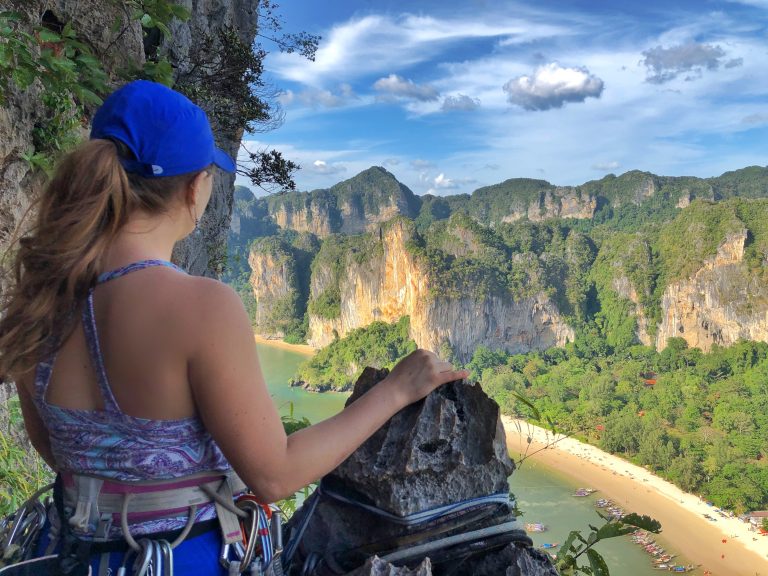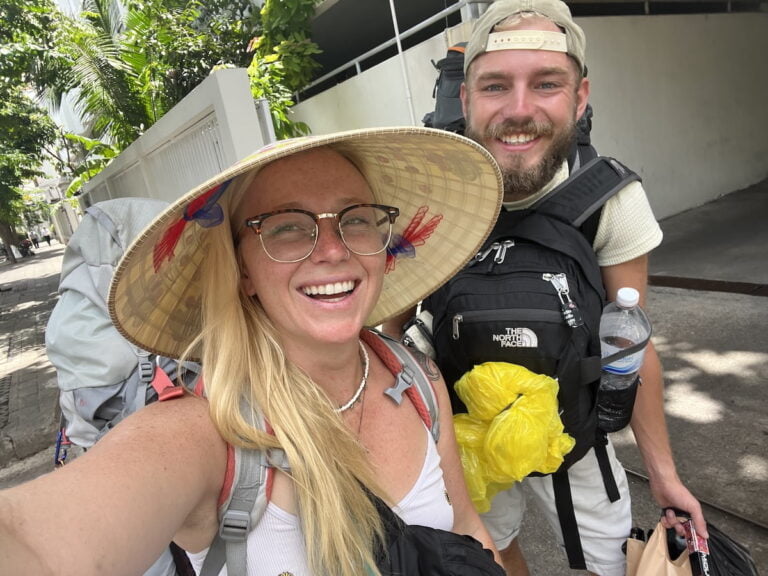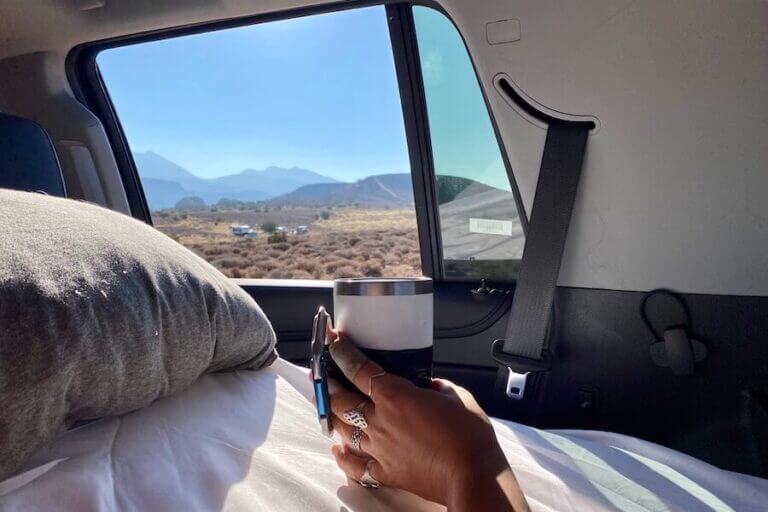How to Be Sustainable While Camping
Camping culture has obviously evolved since 1872 when Yellowstone National Park became the U.S.’s first National Park. And while the gear and tech have seen countless rolling changes since then, the primitive pull to the wild, to nature, to the outdoors, remains the same. Humans have not yet tired of sleeping under the stars, and we likely never will. It’s in our DNA.
However, our wild places are currently under threat from many angles, and more than ever it’s truly up to each of us to do our part to preserve and protect them. Below are some ways to make your next camping trip more eco-friendly, and to make sustainable choices while getting your camp on.

Invariably the presence of humans in any ecosystem or habitat has a noticed effect. This presence is certainly most clear within a city or a town, but even the presence of a primitive hiking trail can have a significant impact on both plant and animal species. To many, this may seem like an exaggerated or extreme perspective, as the significance of a mere foot trail “must be too small to truly matter.”
While its true that “humans are arguably natural too” as some like to point out, it has become increasingly important to carefully consider our impact while engaging in the few wilderness areas that preserve whats left of the natural world.
In the United States it is estimated that only 25% of all original forest cover has remained primarily forest (meaning there is minimal indication of humanactivity and ecological processes are not significantly disturbed). Of our total current remaining forest coverage deemed primarily forest, less than 7% of what remains is considered old growth.
Most of our Old Growth forests exist on public lands managed as mixed use. For example, 80% of old growth forest in the pacific northwest is managed as mixed use but slated for commercial logging. As a result, 90% of what is considered forest in America has a severely degraded ecological integrity. Most of our forests have experienced habitat fragmentation to such a degree that many species which could otherwise thrive are now unable to exist in those ecosystems.
This fragmentation came about from commercial resourse extraction, development of agricultural lands, and from homes and communities seeking to carve out a place in the wilds.
The overwhelming majority of our native landscape has already disappeared solely for the benefit of human society, despite our complete reliance on those ecological systems to function and for our society to continue to exist.
The notion that the effect of a simple hiking path may be more significant than it would initially seem becomes far less radical from this perspective.
When we look at the ecosystem as a whole (and what currently remains as a fraction of that whole) a clearer picture emerges. Any gardener know that if you prune too much of a plant it can wither and die without care. Imagine our country’s forests as a plant that has been pruned back far too much and is in need of great care in order to survive.
Those seeking out the solitude of nature tend to also be the same people passionate about saving and protecting those natural places. The unfortunate irony is that going out into the wilderness will always have some kind of impact.
From animal behaviors altered by our presence, to the environmental cost of manufacturing the gear we buy to enjoy on camping trips, to the fires we build to cook and stay warm, even the best intended human presence in the woods has negative consequences.
In our revered and magnificent National Parks, the fragmentation caused by hiking paths and roads leading into the back country can actually cause the isolation of populations of various biological groups. A seemingly small disturbance to the human species, the presence of a hiking trail is an impossible boundary for others.
So with all of these reminders of the weed-like tendencies humans seem to so brilliantly manifest, is it even possible to sustainably camp with out any guilt? Should we even be venturing into these few remaining fragile areas?
The answer of course is simple and straight forward: it depends. On the activity, the area, the time of year, the weather, and most important of all, our actions.
We humans destroyed the natural world to create comfort and safety. But humans are animals too, and feel the pull to the wild as much as any other creature. Keep that dichotomy in mind, for every time we shrug off a best practice or a tenet of leave no trace, that is our human impulse to be comfortable (lazy) and not the intended goal of communing with nature. Rather, in fact, it is what destroys nature.
Tips for Reducing Your Footprint
Buy Local
Whenever possible, buy everything you can locally, from locally made/grown providers. This is an important principle to harbor in all aspects of life as the environmental cost of distributing and shipping things around the globe is one of the most wasteful (and unfortunately, commonplace) things we do as a society.
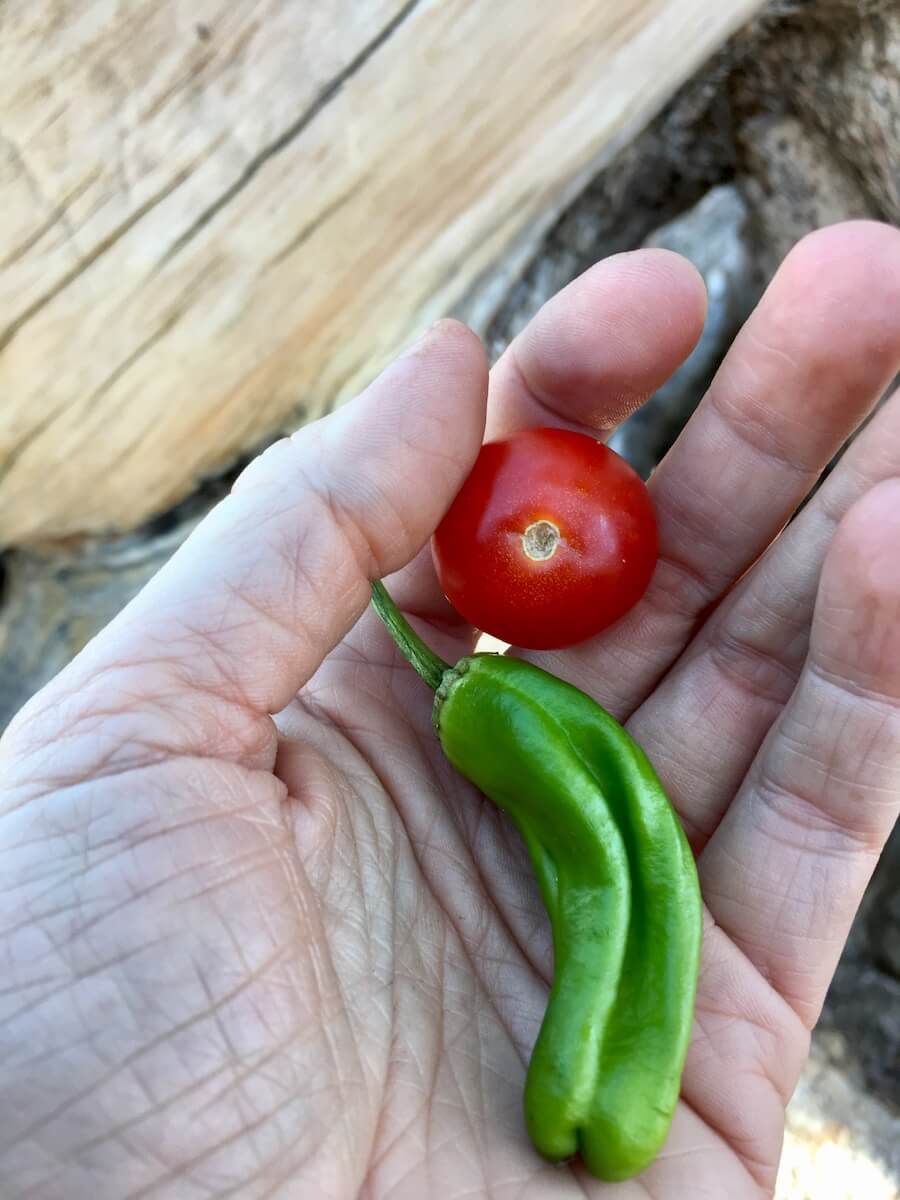

Bring a reusable water filter.
Disposable plastic bottles, STOP. Just don’t. Please. Never buy one ever again. Not only will 70% of all plastic just eventually end up in our oceans, but studies have also shown that carcinogens leach from the plastic into the water at a rate so quick that it is tainted before you grab it from the shelf.
Collapsible water bladders and bottles last for years, are safer to use, and are generally much more functional. High quality and lightweight water filters are much cheaper and easier to use, when considering the sheer volume of water a single one can treat. There is no excuse.
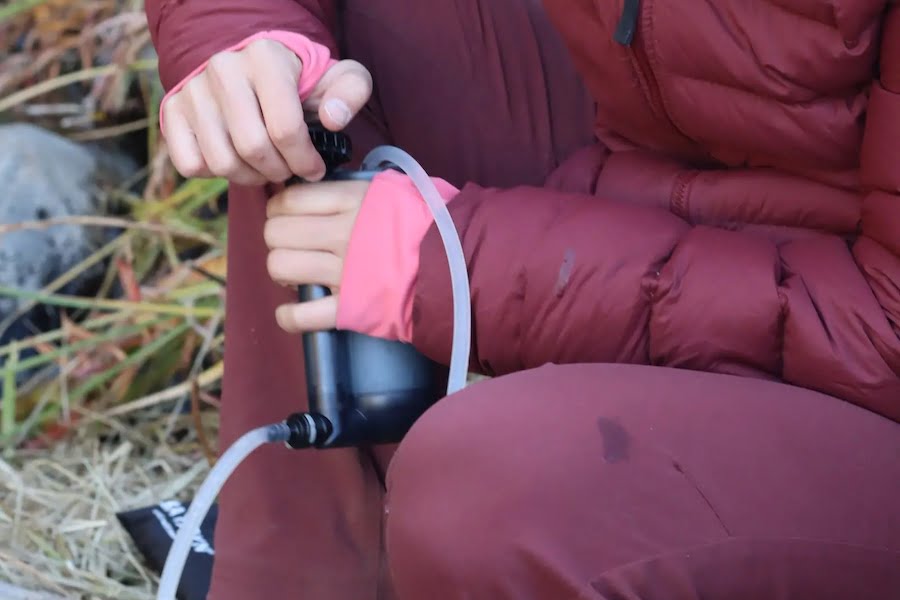
Our family loves the Sawyer Squeeze. It retails for less than $30 and is rated to safely treat a million gallions of water. It is incredibly easy to use, requires minimal upkeep, and there’s no changing of filters. It will screw onto the top of most collapsible water bottles, making pre-filtering unnecessary.
Packing water while camping is heavy and unnecessary and buying single-use disposable water bottles is a practice that needs to stop immediately. Remember: you aren’t buying water, water is free. You’re buying a plastic bottle.
Backcountry meals are a great novelty, but more thoughtful meal prep = less waste / packaging.
‘Nuff said. Instead of 15 granola bar wrappers that you’ll have to pack out anyway, consider one sack of trail mix. Instead of 8 individual dehydrated meals, consider bulk pasta, tortillas, cured meats, etc. This way is cheaper, too!
Go Biodegradable
Always make sure you are using and packing out biodegradable soaps, shampoos, toothpaste, and sanitary wipes/toliet paper. Conventional varieties are often toxic to the soil and plant species, and the artificial scents can unfortunately lure animals to try and ingest them.
Human waste
Going to the bathroom in the woods while camping is an oft-referenced act for a reason. It can feel uncomfortable and vulnerable and “gross” if you are used to only using a toilet. Remember ALWAYS to dig a cathole 8” deep to bury your wastes. Consider packing it out with you (some highly trafficked parks actually require it, so do your homework!) or even just your wipes or toilet paper.

It is often assumed and then parroted that toilet paper (or paper products in general) will degrade pretty quickly outside. However, studies show that a pice of conventional toilet paper can take up to 3 years to decompose! That is very gross, it is very much littering, and it’s an easily solvable issue.
Gear
Most modern technical camping gear and hiking clothes are unfortunately made from petroleum products in factories and textile mills overseas. Backpacks, raingear, tents, and our clothing all are essentially made from plastic that will NEVER decompose. Every molecule of plastic ever created still currently exists on our planet and likely always will.
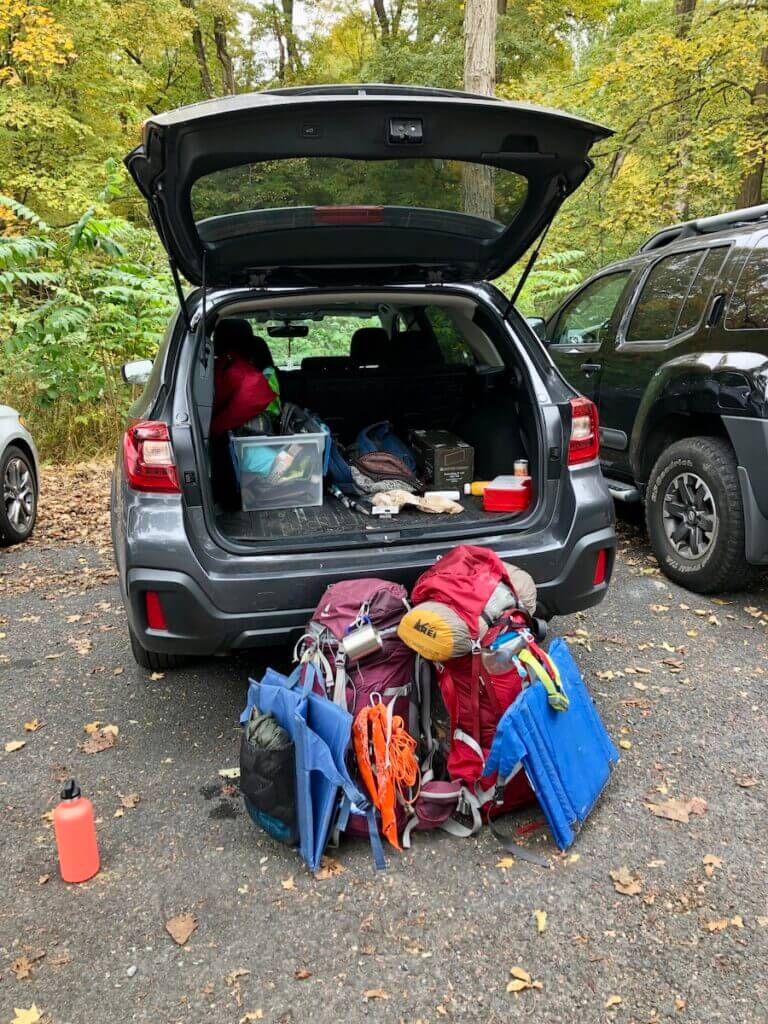
Every step of the manufacturing process from extracting the materials, to shipping them to be processed, to creating the product, to shipping it out to retailers, to its eventual destiny to be discarded in a landfill, has major environmental costs. So rent gear, borrow gear, and then duct tape and sew your gear back together. Try to make it last.
Don’t buy a new puffy if you already have a closet full of them in every color just because your daily driver is starting to look a little worn. Patch it. Fix it. It’ll look cooler anyway, give you more street cred, and will result in a little less plastic ending up in our oceans.
Stove Stuff
Make sure you carry out your empty canisters for your stove. These are not recyclable unless you puncture them and make sure they are no longer pressurized. You can actually buy a tool from MSR that snaps to the top pf the canisters to depressurize them if you dont feel comfortable improvising with other ways, such as with a rock and/or a nail.
A more sustainable route is to use an alcohol stove. They are convient, easy to use, and you can find fuel at pretty much any gas station or hardware store- unlike canisters that often can only be found at outdoor outfitters. Denatured alcohol is also often sold in bulk, so you can just keep reusing the same container and avoid unnecessary plastic waste.
Be human powered
The first and easiest way to make sure your impact is low is to walk. Car camping is fun and RVs, trucks, and vans are all super rad, but car accessed camp sites and those access roads we covered earlier contribute much larger impact than those foot trails we also talked about.
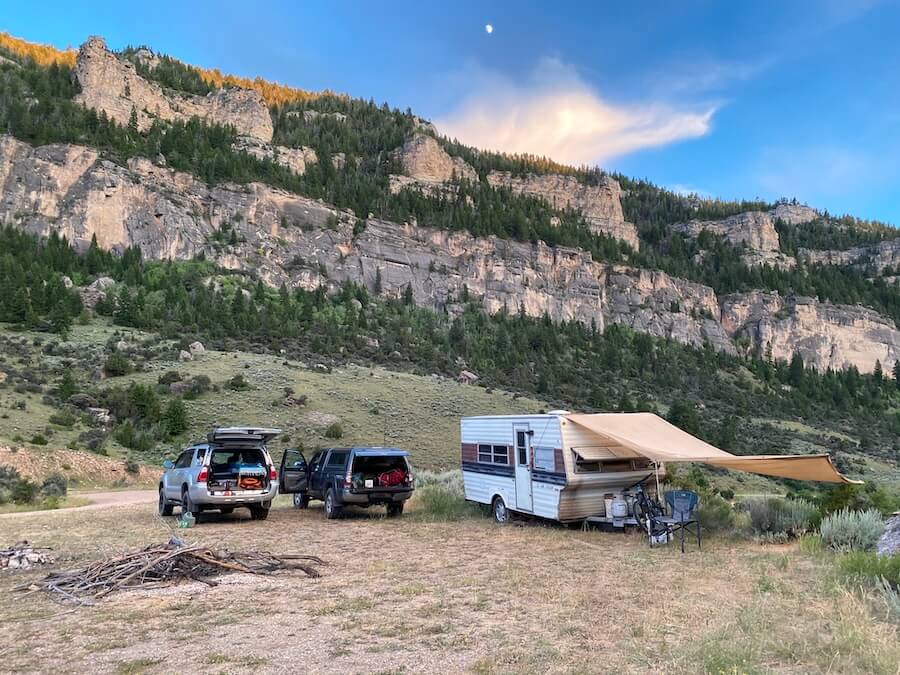
Going on foot ensures you bring less to accidently litter, and damage less of the surrounding area, as motorized vehicles compact the ground and crush plants and other small beings much more effectively than your hiking boot.
Leave No Trace
Pretty much any trailhead in the United States that has been outfitted with an interpretive sign will likely have a green spiral logo and some mention of following Leave no Trace principles. For those unfamiliar, LNT is a great introduction to basic sustainable practices for enjoying nature, and is a guidebook to reference any time you’re unsure about the best way forward.
The 7 Principles of Leave no trace:
- Plan Ahead and Prepare. Know the regulations and special concerns for the area you’ll visit.
- Travel and Camp on Durable Surfaces.
- Dispose of Waste Properly.
- Leave What You Find.
- Minimize Campfire Impacts.
- Respect Wildlife.
- Be Considerate of Other Visitors.
Camping is one of life’s greatest pleasures. It connects us to an inherited human experience and helps to create a sense of place in the natural world. It is an incredibly important avenue to foster environmental awareness in our society.
While we need to be careful and thoughtful in how we engage and interact with nature and our wild places, I also believe more people should be exposed to our public lands and the beauty of our planet.
So– borrow your friend’s tent and get outside, poop in a (8” deep!) hole, and take those experiences with you. Allow them to inform your decisions every day as we create a more environmentally conscious world.
And if you see some trash out on the trail, even if its not yours, pick it up. The rest of us and future generations will thank you and be grateful for the opportunity to also enjoy our public lands.
And just for fun, here’s a quick video of The Opposite of Sustainable Camping.


